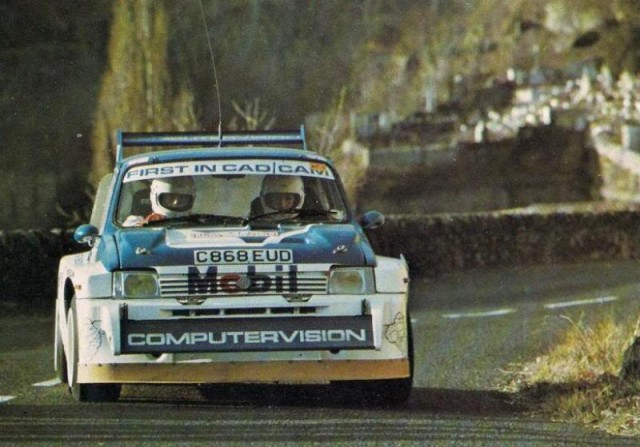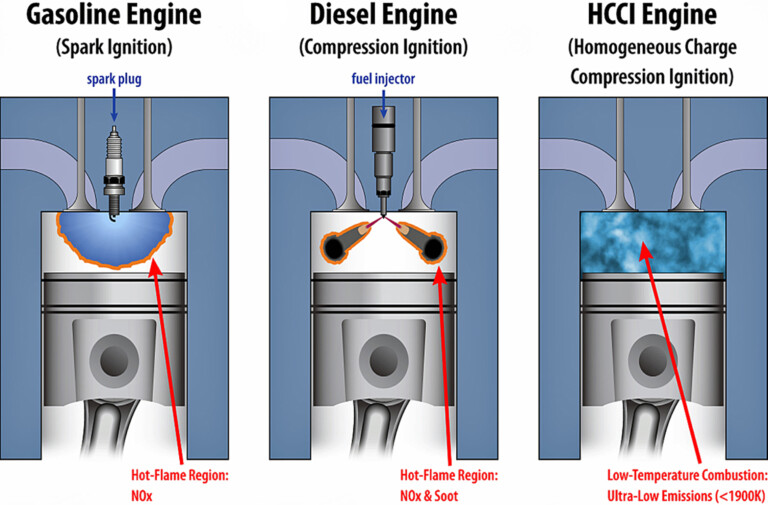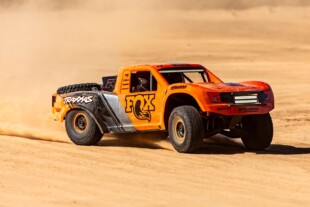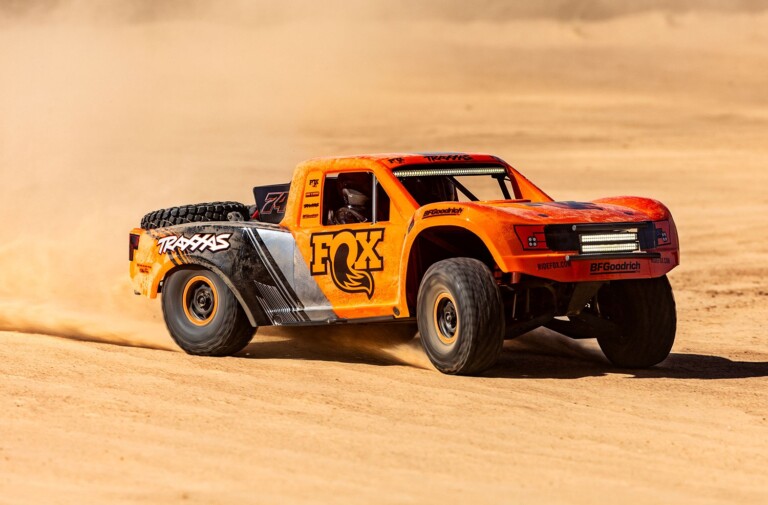The Metro 6R4 was the only normally-aspirated contender in Group B rallies during the mid-eighties, and though it wasn’t a showstopper, it was competitive. The 6R4’s 3-liter V6 put out roughly 280 hp in the customer cars and closer to 400 in the works cars, which pushed along roughly 1,700 lbs and was aided with a mid-engine layout. With fantastic response and agility, this little English hatchback was able to hold its own against the more powerful, turbocharged Audis.
During that period, it was popular – and legal – to stage Grand Prix drivers against the rallymeisters of the time. Austin Rover would put on Rally Sprints of this kind almost every year to showcase their new cars, and what better way to do it but put Formula One stars against the best loose-surface drivers in the world. Here, Mansell and the rest of the Grand Prix drivers managed get to grips with the car and its intricate four wheel-drive system, which was alien to many outside of rally at that period in time.

With sharp angles, bolt-on fender flares and a square body, this little hatchback typified 1980s rally car styling.
The low-end torque of the engine is something remarked upon by Stig Blombvist, setter of the second-fastest time, who had to adjust his driving style to suit the responsive engine. The normally-aspirated V6 could pull much better from the bottom than the turbocharged 5-cylinder in the Audi he had been driving in the World Rally Championship that year.
What is perhaps the most interesting is how the different driving styles are so apparent when grip is low. Mansell, for instance, chucks the car in with daring and bravado; courting danger, and nearly runs over spectators. Watson, on the other hand, drives very cautiously but still puts up a respectable time. You can’t fault him for being tentative, since the 6R4s weren’t exactly cheap – nearly £40,000 in 1985 – and Watson managed to roll one the day before this special was filmed. Sit back and enjoy the sonorous engine note of this rally icon!





















